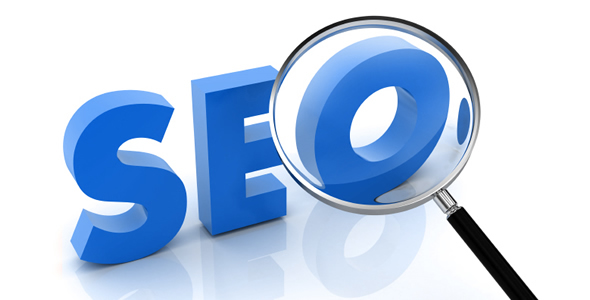
Often, long meetings, unrelenting deadlines, and a never-ending flow of calls leave people cognitively fragmented and artistically exhausted. Keeping focused attention is difficult, particularly on the road where surroundings change and timetables tighten. An 인천출장마사지 not only provides a moment of peace but also serves as a purposeful instrument for enhancing presence and recovering mental clarity. It provides a unique pocket of calm that lets business travelers reset their attitude and refocus on what counts.
Sharpen Attention Between Meetings
Back-to-back meetings can cause one to lose the capacity to be present. Short in-room massage treatments on business trips interrupt the monotony by purposefully shifting energy to revitalize the mind and stabilize ideas. It’s about designing a deliberate, non-idle pause. Ambient stillness, bodily grounding, and a break from noise—all of these help to realign one’s capacity to concentrate. For those working in high-performance settings, this change in headspace might transform a grueling timetable into a chance for more precise execution.

Travel Doesn’t Have to Disrupt Flow
Flying over time zones, changing surroundings, and adjusting to different workstations might disrupt the mental rhythm required to perform. A wise approach to reset and reconnect with one’s work pace is an 인천출장안마, not simply a luxury. Those short, tactile pauses serve to clear internal static and refocus attention on the objectives at hand. Many business travelers find themselves needing to go into high-focus mode fast; this little reset helps to facilitate the change. Whether getting ready for a presentation or relaxing after strategy meetings, it offers fresh awareness to the work in front.
Build Focus Into the Routine
Intentional transitions between work periods create peak focus; it is not caused by coffee or power naps. Scheduling an in-room massage during a work trip is more than simply a break; it’s a change of energy that shifts professionals from scattered to sharp. Incorporating this into business travel gradually can even alert the brain to change gears—stepping out of the reactive mentality and back into purpose-driven production. The mind starts to expect this rhythm, matching with the minor cues and reacting with accuracy, focus, and calm.
Bringing structure to hectic business days demands more than just managing time; it also means managing presence. Deciding on deliberate, modest strategies to reengage attention helps decision-makers and leaders get back to their work, aware, centered, and prepared to deliver. Built-in concentrated times help to focus travel’s needs rather than spread energy.







